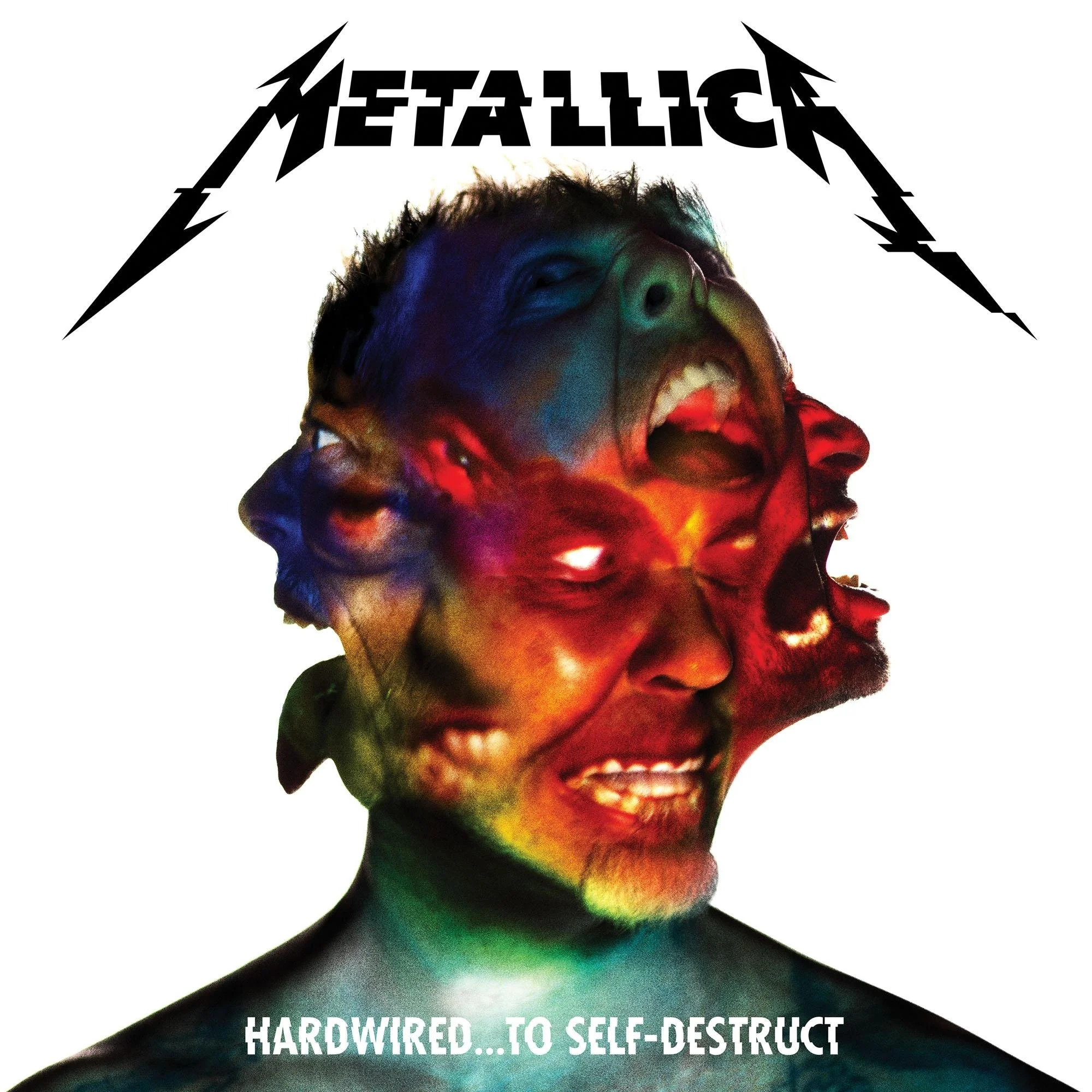Metallica - Death Magnetic
Metallica
Death Magnetic
Release Date: September 12th, 2008
Label: Warner Bros.
Review by Jared Stossel
Maybe it was the fact that so much had changed over the last few years. Maybe it was the addition of bassist Robert Trujillo, whose time working with bands like Suicidal Tendencies and artists like Ozzy Osbourne added a piece to the puzzle that had been missing for quite some time. Maybe it was the band’s decision to work with veteran producer Rick Rubin, whose fingerprints had been known to turn both hip-hop and metal acts alike to gold (look no further than Slayer’s Reign In Blood as an example of this power). Or maybe it was the fact that the band had nearly collapsed in upon itself like a neutron star at the tail end of the 1990s, putting out material that upon further reflection, wouldn’t be as revered in their catalog as works like Master of Puppets and The Black Album.
Whatever the reason, Death Magnetic was a glorious return to form for Metallica, a shining of example of honing in on what you’re best at, expanding upon it, and presenting to the world with excellent mixing can do. Some of the best mixing and tones on a Metallica record to date live on Death Magnetic. Its release was a day that many fans had been waiting for and, since the release of 2003’s St. Anger, thought may never come.
The band’s approach to Death Magnetic differed greatly from that of St. Anger – instead of walking into the studio and recording whatever came to mind, the band spent a copious amount of time writing, rewriting, and reworking until they even set foot in a recording studio. At the advice of Rubin – known for a more laidback approach that keeps the pressure down to a minimum – the band opted not to enter the studio to record until the songs were nearly complete. Over a year, the band brought their songs to three different studios: HQ in San Rafael, Shangri La Studios in Malibu, and the legendary Sound City in Van Nuys. With the tension that permeated the band’s inner sanctum during the recording of St. Anger now dissipated, the band felt like they could breathe again. You can hear it all throughout Death Magnetic – it starts slowly enough with a heartbeat, almost a metaphor for the band coming back to life. The opening riff to “That Was Just Your Life” slowly comes alive, before divulging a remarkably improved thrash metal styling. The four-piece act is tighter, playing better together than they ever have (and the guitar solos are back!)
It's not the perfect Metallica album, but there are some outstanding entries here. “The End of the Line” has a bounce to it that eventually builds to a high-speed thrash verse evocative of those on Master of Puppets. “Broken, Beat & Scarred” is a full-blown heavy metal assault, vocalist James Hetfield's vocals sounding far and beyond anything he’s been capable of recording before. The band return to epic ballad territory on “The Day That Never Comes”, a song that feels truly Metallica in both name, style, and spirit. It utilizes the elements of the band that often come into play on songs like this one – cleanly plucked guitar lines, a slow tempo, powerful vocals, and lyricism that begs to be sung by crowds of thousands.
Death Magnetic’s high point – in my opinion – comes in the form of “All Nightmare Long” and “Cyanide”. The former has a bit of a cheesy title, but it’s an incredibly well-crafted metal song. The tempo immediately changes around the 40-second mark, inspiring mosh pits all around the world before the full band punches in. “Cyanide” finds the band at their best technically, playing better in tandem than they have in the last several decades, and it features some of the best drums on a Metallica album, bar none. Upon multiple listens it truly felt like the kick drum was ready to burst through the speaker.
“The Unforgiven III” is everything that Reload’s “The Unforgiven II” should have been – a selection that acts more as a sequel in spirit, building off the lyrical themes and tone of the original rather than acting as a solely derivative entry. “The Unforgiven III” differentiates itself from the crowd, retaining the band’s signature heavy metal style while being something entirely all its own. The nearly eight-minute-long “The Judas Kiss” feels like the only selection that begins to run its course, despite a circle-pit-inducing verse/chorus structure.
What really caught my attention on this album was “Suicide & Redemption” – a completely instrumental track, and an element that had been missing from all Metallica records since the 1990s. It felt great to have them back into the mix, and it was a chance to hear the entire band work together with bassist Trujillo for the first time. They feel far more confident as musicians here than on any of the last three records they had released, and they close with the outstanding “My Apocalypse”. Clocking in at just under five minutes, Death Magnetic closes on a high note.
Metallica’s eighth studio record is an excellent addition to their songbook, and a complete rejuvenation of the band that had captivated the world over thousands of times before. The Bay Area quartet would then spend the next several years touring under the Death Magnetic umbrella, filling up arenas and stadiums throughout the world, and returning to the fold anew. But in just a few years time, they would achieve perfection.
Metallica
www.metallica.com
www.facebook.com/metallica
Twitter: @metallica
Instagram: @metallica


